I'm quite new in electronics, but I'm not scared to try it (Look Mum No Computer). So please bear with me and tell how to improve my asking.
I am building a guitar pedal. It's a op-amp based parallel effect loop with boost controls for each channel. These are controlled digitally by an Arduino. And yes, it might sound like a wild beginners project, but I don't mind the project moving veeery slowly. And I'm currently a the point where all programming is done (and working), and I'm tinkering with the analogue parts.
My challenge now is to get the power I need.
For the op-amps I would like to use 18V (+-9) for a bigger amount of headroom. I use a TL074 to split, buffer and boost the audio signal. Later in the chain I will have a TL071 op-amp to boost the mix. Sometime later I'll maybe add in a TL072 for phase shifting possibilities.
Currently using an Arduino I can feed it 9V though the VIN input, but in the long term I would love to use a standalone circuit with the ATMega328 chip. Therefore I need to think the 5V into the power circuit.
Here's what I've tried:
Firstly tried dividing my 9V input with a resistor divider giving me +-4.5V. When measuring, the negative volts looked just right, but using it through an op-amp it went out of balance causing the sound to overdrive an make ugly clicks. My cheap oscilloscope showed me beautiful waves on the upper (+)side and ugly cut off waves on the lower (-)side.
Then I found the ICL7660/MAX1044 chip and made a circuit to double the voltage supply to +-9V, using this schematic:
The measuring looks fine, although not giving me +-9 but +-8.1 using a 9V battery. Putting it through the op-amp circuit it sounds a lot better! No clicking and overdrive not as present. This is probably due to the larger headroom. But using a sound generator and oscilloscope, it shows me that this supply is also moving out of balance. The negative waves are cut half. And the power supply is no longer +-8 but more like +12/-4. How can I get a stable dual voltage supply?
Regarding the extra 5V. I can get beautiful 5V by adding a LM7805 converter to the input 9V, but I am unsure if this is the best way to do it. It has no visible effect on the output of the ICL7660.
How would you do it? How to get a stable +-9V plus a 5V from a 9V DC source? It doesn't have to run on batteries, a DC adapter will also do.
I would love if there was a relatively simple solution that doesn't require a lot of space ;)
